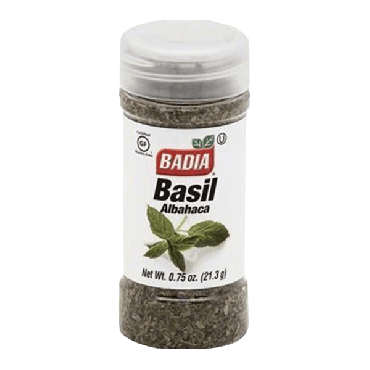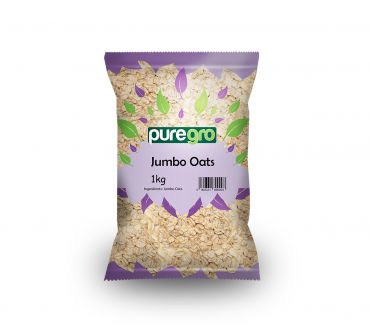What’s My Target Market: Finding Your Demographic
As a business owner, your customers are the biggest stakeholders of your company. They have the power to decide whether your business is successful or goes bankrupt. This is why it is important to be specific about your target market. Your target market will be the group of people who would want to buy your product or service, and it can be based on age, gender, culture, location, etc.
You may already have a vague target market (for example Millennials) because you don’t want to exclude anyone who doesn’t fit a specific description. Being specific doesn’t do that. Finding the right customer is key for your company because you want these customers to keep coming back to buy your products or services. You can make more knowledgeable decisions about your marketing and customer experience strategy when you have a thorough understanding of their potential buyer. Here are some tips on how you can identify your target market.
-
What are you and your competitors doing?
At first, you have to define who is currently buying your products. Check if they have common characteristics. Also, find out who are your competitors’ customers. Which markets do they target? Avoid aiming at the same market. Instead, try to find a different niche market that they may be missing.
What are you selling?
To understand who would want to buy your products, you first need to understand what those products are and what problems they solve. To do that, make a list of the features of each product, and next to each feature, write the benefits it provides. Then think of the people who will benefit from having this product.
-
Now that you know where you currently are in the market, use these guidelines to identify your ideal customer.
Finding your market
Demographic factors |
|
|
Age |
Location |
|
Gender |
Income |
|
Ethnicity |
Education |
|
Profession/Job |
Marital status |
Psychographic factors |
|
|
Personality |
Attitudes |
|
Values |
Interests |
|
Lifestyles |
Behaviour |
Use these two lists of factors to understand how your product can attract a certain customer. Consider who is most likely to buy your product or service, and who may need it. Identify the features that are most appealing to your target customers as well as how your product will fit into their lifestyle.
Keep in mind that you can identify multiple niche markets. Can you tailor your marketing message to each segment? If you can successfully reach both segments with the same message, you have broken it down too far.
Here are a few questions to ask once you’ve identified your market.
- Do my requirements fit enough people?
- Is my product/service going to benefit my target market? Does it meet their needs?
- How does my target make decisions? Do I know what motivates them?
- Is my product/service affordable to my target market?
- How easy is it to contact them?
-
Where to find this information?
There are different online resources where you can find out about your target market. Check former studies done on your specific market, and different blog articles to get some insight into your market. You can also engage in primary research and roll out surveys and questionnaires to get general feedback from current and potential customers.
Now that you have the blueprint, get a pen and paper, and start to define your target market.
- - -
Get in touch!
Phone: 01908 366633
Email: [email protected]
Instagram: www.instagram.com/worldfoodswholesale/
Facebook: www.facebook.com/worldfoodswholesale/








Comments
Leave A Reply
Your email address will not be published.